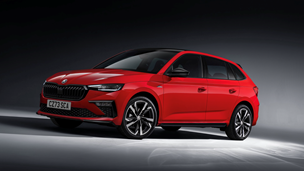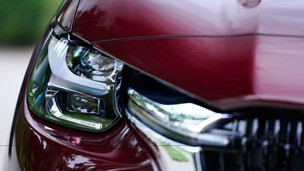As part of the 2015 Summer Budget, Chancellor George Osborne has announced a radical overhaul of the VED system to counter-balance the uptake of low emissions vehicles.
Starting from 2017, all new cars in the UK will be categorised into one of three new bands – ‘zero’, ‘standard’ and ‘premium’ – with tax costs calculated according to emissions and the vehicle’s list price.
A flat standard rate of £140 will apply to all new cars with the exception of those which emit no CO2 at all. Meanwhile, cars costing over £40,000 will be charged an additional £310 per year for the first five years.
The changes won’t impact cars that are currently on the road and will only affect cars first registered from the April 1 2017, but it’s still a significant revision that drivers should be aware of.
So how will the changes to the budget affect you as a motorist? We’ve picked some of the most common models from across the most popular vehicle segments to see how much drivers currently pay, and how much they’ll have to cough up from 2017 onwards.
Zero-emissions vehicles
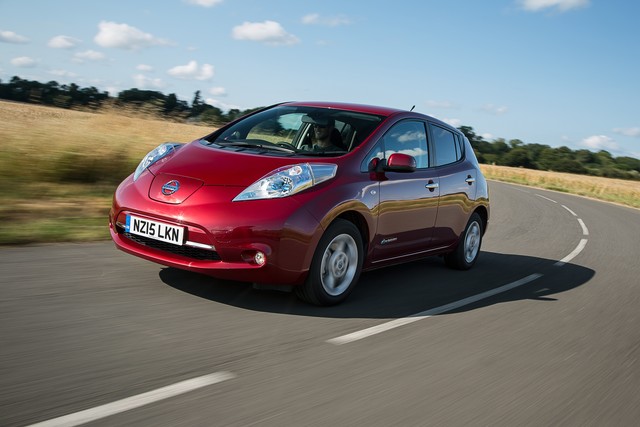
Drivers of vehicles which emit no carbon dioxide at all will be the most content with the VED changes, as these are the only vehicles which fall into the category exempt from vehicle tax outright.
Under the current system, owners of zero-emissions vehicles, like the all-electric Nissan LEAF pay no tax and this will continue from 2017, with both first-year rates and the standard rate clocking in at £0.
However, thanks to the introduction of the premium category, anybody who buys a vehicle priced over £40,000 will have to pay an additional fee. That means cars like the Tesla Model S will still be subject to a £310 fee per year for five years, despite being completely emission-free.
Low-emissions vehicles
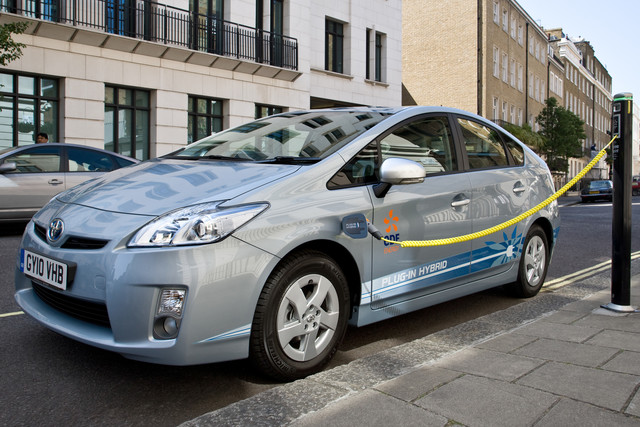
Vehicles with low emissions figures, like plug-in hybrids, will have to now pay for VED from 2017 onwards, a drastic change from the current system which sees vehicles that emit less than 100g/km of CO2 tax exempt.
Osborne told the House of Commons that if the current VED structure remained in place, by 2017 three-quarters of new cars would be paying no tax for the first 12 months.
Under the new changes, vehicles like the Toyota Prius Plug-in Hybrid, which emits 49g/km of CO2, will pay £10 in tax for the first year, alongside the standard flat rate of £140 each year.
Superminis
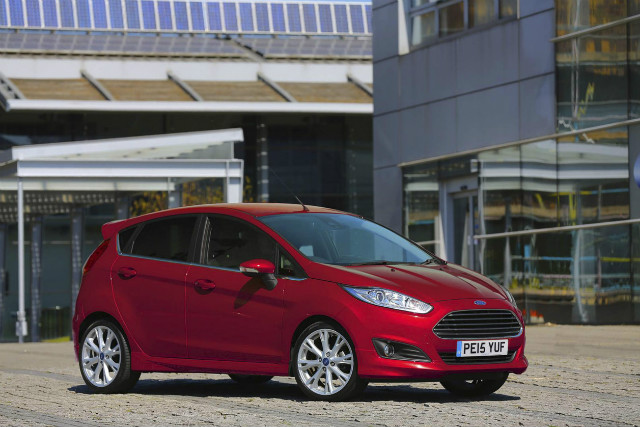
Depending on the model, supermini drivers could be looking at a significant hike in their tax costs as well. The entry-level Ford Fiesta Studio model, which emits 122g/km of CO2, would enjoy a free first years’ tax under the current system, with £110 charged each year thereafter.
From 2017 onwards, however, the same model would now come with first year rate of £160, along with the standard flat rate of £140.
Family cars
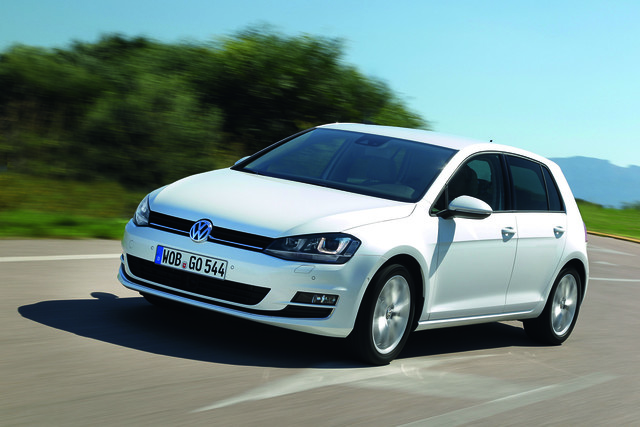
Many family cars will also see VED costs increase significantly depending on the engine options. A Volkswagen Golf equipped with a 1.6-litre diesel engine emits in and around 108g/km, which currently would result in a first year charge of £10 with a standard rate of £20.
With the introduction of the VED changes, however, the same car from 2017 onwards will cost drivers £140 in the first year, a full £130 rise, along with the £140 standard charge year on year.
Crossovers
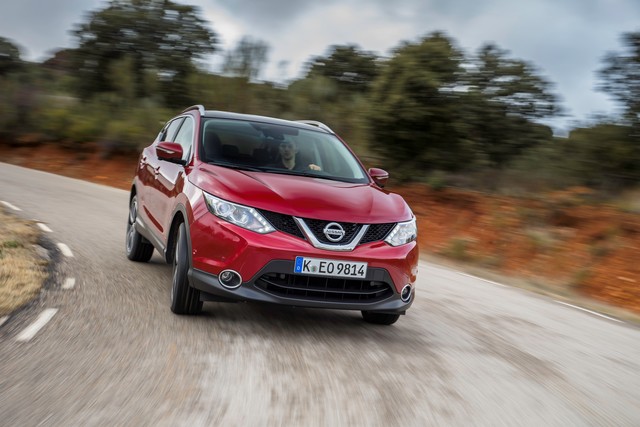
One of the most popular market segments, crossover owners could see themselves get stung from 2017 onwards unless they’re particularly careful with their choice of engines.
In its least frugal format, the Nissan Qashqai with a 2.0-litre diesel engine emits up to 184g/km of CO2, which means a £350 rate for the first year with an ongoing rate of £225 currently. However, under the new system, first year rates rise to £500 for the same model, though the flat rate of £140 does balance it out somewhat.
SUVs

Like crossover owners, anybody looking to buy an SUV from 2017 onwards will have to be more careful choosing if running costs are a priority.
Emitting 229g/km of CO2, the Range Rover Sport Autobiography currently costs its owners £870 in the first year, with a yearly rate of £490 from then on out. With the new system though, that first year rate will rise to a whopping £1,700 alongside the annual flat rate of £140.
It’s worthwhile bearing in mind as well that given the Range Rover Sport’s high list price, an additional £310 would be added to the flat rate, clocking in at £450 annually for five years.
Sports cars
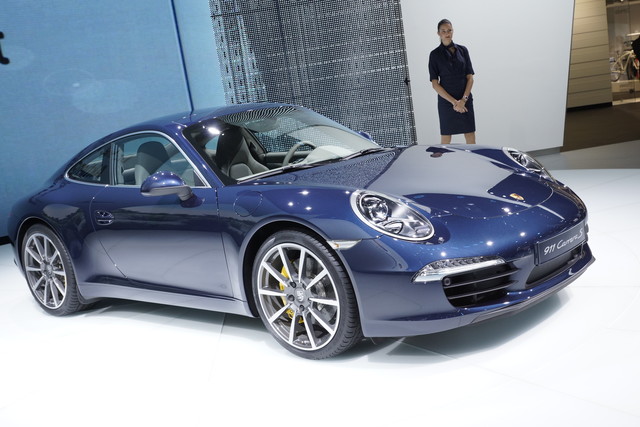
The new system offers a mixed bag for sports car owners. Depending on the car, the first year rate could see a significant hike. However, the flat rate annual tax charge could mean that you pay exactly the same as a plug-in hybrid despite driving something with a vastly less frugal engine.
A Porsche 911 Carrera S emits as much as 223g/km of CO2. That means from 2017 the first year rate will increase from £870 currently to £1,200, while the flat rate will increase from £290 to £450 considering the car’s list price.
However, a Vauxhall VXR8 GTS, which produces a whopping 373g/km, will see its first year rate rise explode from £1,100 to £2,000, though flat rate will dip slightly from £505 to £450.
So, how will the VED overhaul affect you? Do you think the Chancellor’s plan is a good one, or does it still need further work? Why not share your thoughts with us on Facebook or on Twitter!
